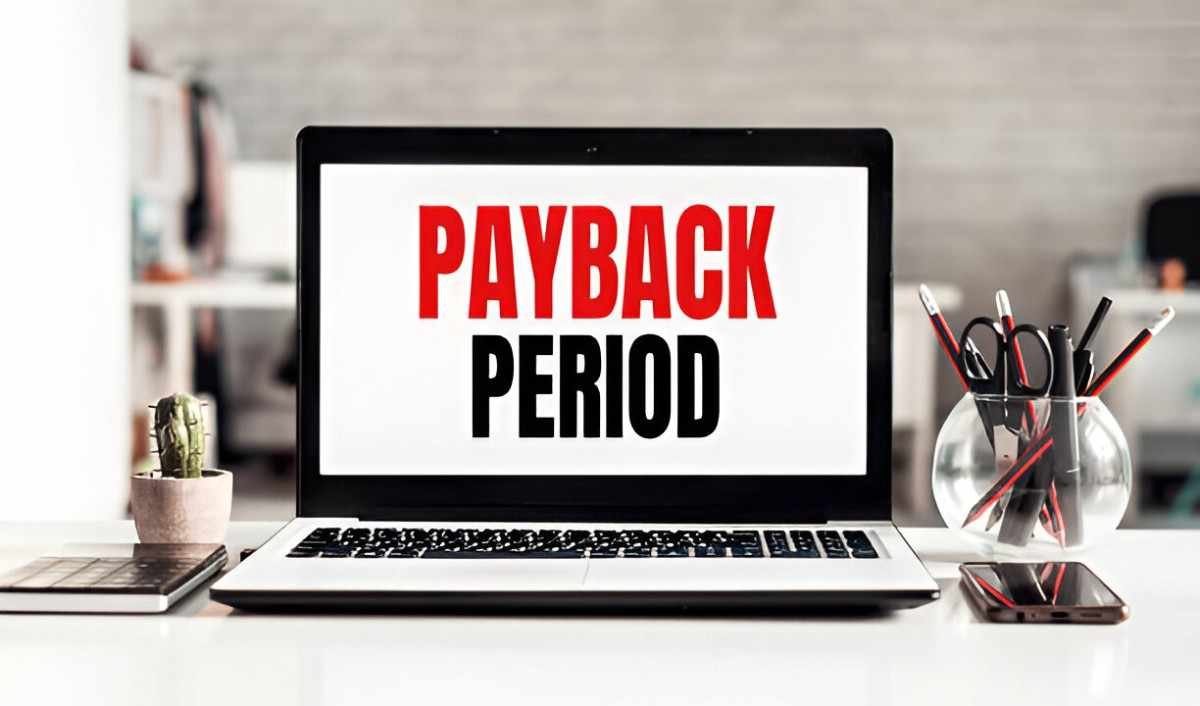When I evaluate an investment, one of the first questions I ask is: How long will it take to get my money back? This is where the payback period comes in. It’s a straightforward tool that helps me assess the risk and liquidity of an investment. In this guide, I’ll break down everything you need to know about payback periods—how to calculate them, when to use them, and their limitations.
Table of Contents
What Is a Payback Period?
The payback period measures the time it takes for an investment to generate enough cash flows to recover the initial outlay. If I invest $10,000 in a project and it generates $2,500 per year, the payback period is four years. Simple, right?
But real-world investments aren’t always this clean. Cash flows fluctuate, and risks vary. That’s why understanding the nuances of payback periods is crucial.
Why the Payback Period Matters
Investors and businesses use payback periods for three main reasons:
- Risk Assessment – Shorter payback periods mean quicker recovery of capital, reducing exposure to long-term uncertainty.
- Liquidity Considerations – If I need cash soon, a project with a two-year payback is better than one with a ten-year payback.
- Simplicity – Unlike complex metrics like IRR or NPV, the payback period is easy to understand and calculate.
How to Calculate the Payback Period
The basic formula for the payback period is:
Payback\ Period = \frac{Initial\ Investment}{Annual\ Cash\ Inflow}Example 1: Even Cash Flows
Suppose I invest $50,000 in a machine that generates $10,000 annually. The payback period is:
Payback\ Period = \frac{\$50,000}{\$10,000} = 5\ yearsExample 2: Uneven Cash Flows
Most investments don’t have consistent cash flows. Let’s say I invest $30,000 in a startup with the following returns:
| Year | Cash Flow | Cumulative Cash Flow |
|---|---|---|
| 1 | $5,000 | $5,000 |
| 2 | $8,000 | $13,000 |
| 3 | $12,000 | $25,000 |
| 4 | $10,000 | $35,000 |
To find the payback period:
- Year 3: Cumulative cash flow = $25,000 (still below $30,000).
- Year 4: Additional $5,000 needed to recover the initial investment.
Since $5,000 is half of Year 4’s cash flow ($10,000), the payback period is:
Payback\ Period = 3\ years + \frac{\$5,000}{\$10,000} = 3.5\ yearsAdvantages of Using the Payback Period
1. Intuitive and Easy to Use
Even without a finance background, I can quickly estimate how long it takes to recoup my investment.
2. Emphasizes Liquidity
For small businesses or individuals with tight cash flows, shorter payback periods mean less financial strain.
3. Useful for High-Risk Environments
In industries with rapid technological change (like tech), a shorter payback reduces the risk of obsolescence.
Limitations of the Payback Period
1. Ignores Time Value of Money
A dollar today is worth more than a dollar tomorrow. The basic payback period doesn’t account for this.
2. Excludes Cash Flows Beyond Payback
A project with a short payback but minimal long-term returns might be worse than one with a longer payback but higher overall profits.
3. No Profitability Measure
It tells me when I’ll break even, not whether the investment is actually profitable.
Discounted Payback Period: A Better Approach
To address the time value of money, I use the discounted payback period. It discounts future cash flows to their present value before calculating payback.
Example: Discounted Payback Calculation
Assume:
- Initial investment: $20,000
- Discount rate: 5%
- Annual cash flows: $6,000 for 5 years
First, discount each cash flow:
PV = \frac{CF}{(1 + r)^n}| Year | Cash Flow | Discount Factor (5%) | Present Value | Cumulative PV |
|---|---|---|---|---|
| 1 | $6,000 | 0.9524 | $5,714 | $5,714 |
| 2 | $6,000 | 0.9070 | $5,442 | $11,156 |
| 3 | $6,000 | 0.8638 | $5,183 | $16,339 |
| 4 | $6,000 | 0.8227 | $4,936 | $21,275 |
The payback occurs between Year 3 and Year 4.
Discounted\ Payback = 3 + \frac{\$20,000 - \$16,339}{\$4,936} = 3.74\ yearsPayback Period vs. Other Investment Metrics
| Metric | Pros | Cons | Best Used When… |
|---|---|---|---|
| Payback Period | Simple, liquidity-focused | Ignores time value of money | Short-term, high-risk projects |
| NPV | Accounts for all cash flows, TVM | Complex, requires discount rate | Long-term profitability analysis |
| IRR | Shows % return, easy to compare | Multiple IRRs possible in some cases | Evaluating mutually exclusive projects |
Real-World Applications
1. Small Business Investments
If I run a café and want to buy a $7,000 espresso machine that brings in $2,000 extra profit per year, the payback is 3.5 years. If I expect the machine to last five years, it’s a reasonable investment.
2. Corporate Capital Budgeting
Large firms use payback alongside NPV and IRR. A solar panel installation costing $100,000 with $25,000 annual savings has a four-year payback. If the company’s threshold is five years, it’s acceptable.
3. Personal Finance
If I install solar panels at home for $15,000 and save $3,000 yearly on electricity, the payback is five years. If I plan to stay in the house longer, it’s a sound decision.
When Should You Avoid the Payback Period?
- Long-term projects (e.g., R&D with delayed returns).
- When comparing mutually exclusive projects (use NPV or IRR instead).
- If cash flows are highly unpredictable.
Final Thoughts
The payback period is a useful first-pass filter for investments. It’s simple, emphasizes liquidity, and helps me avoid long, risky commitments. But it’s not perfect—I always pair it with other metrics like NPV or IRR for a complete picture.





